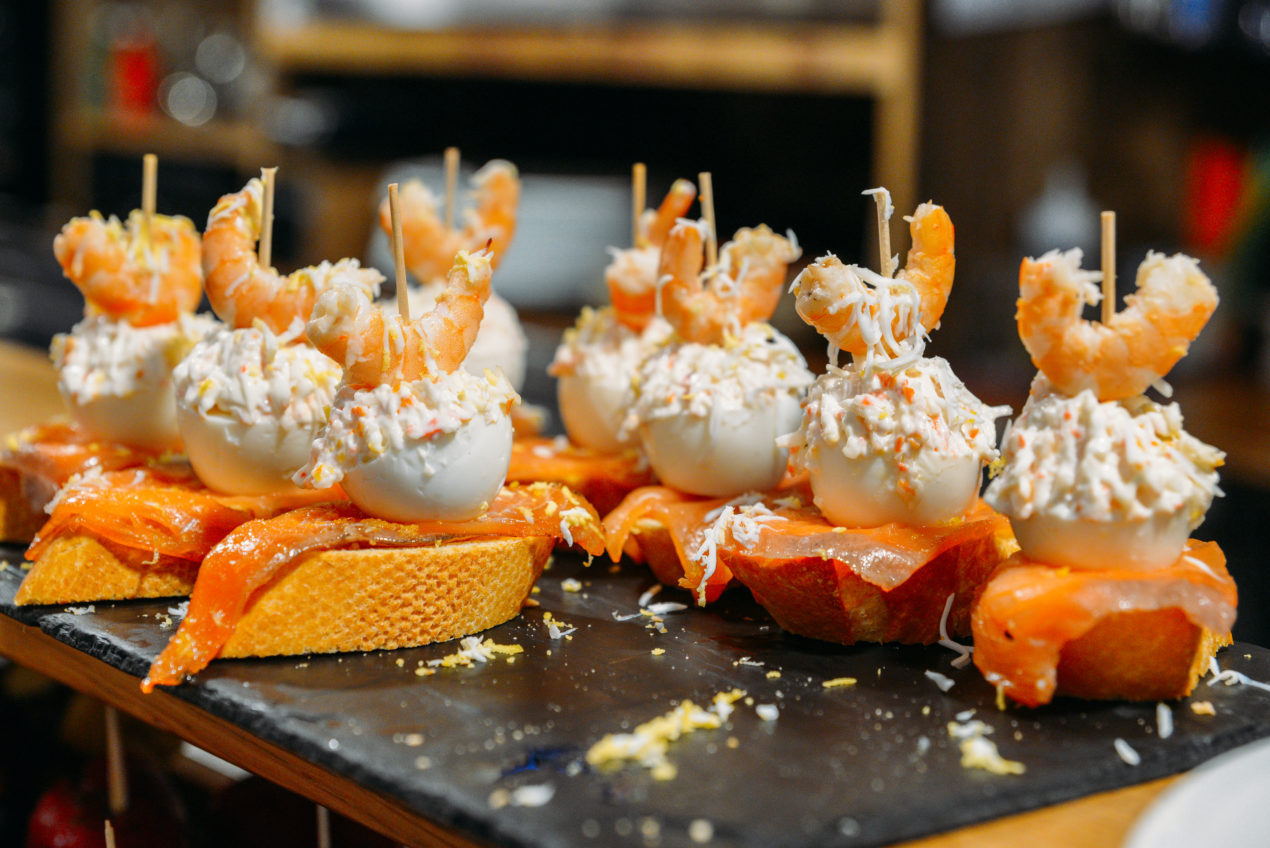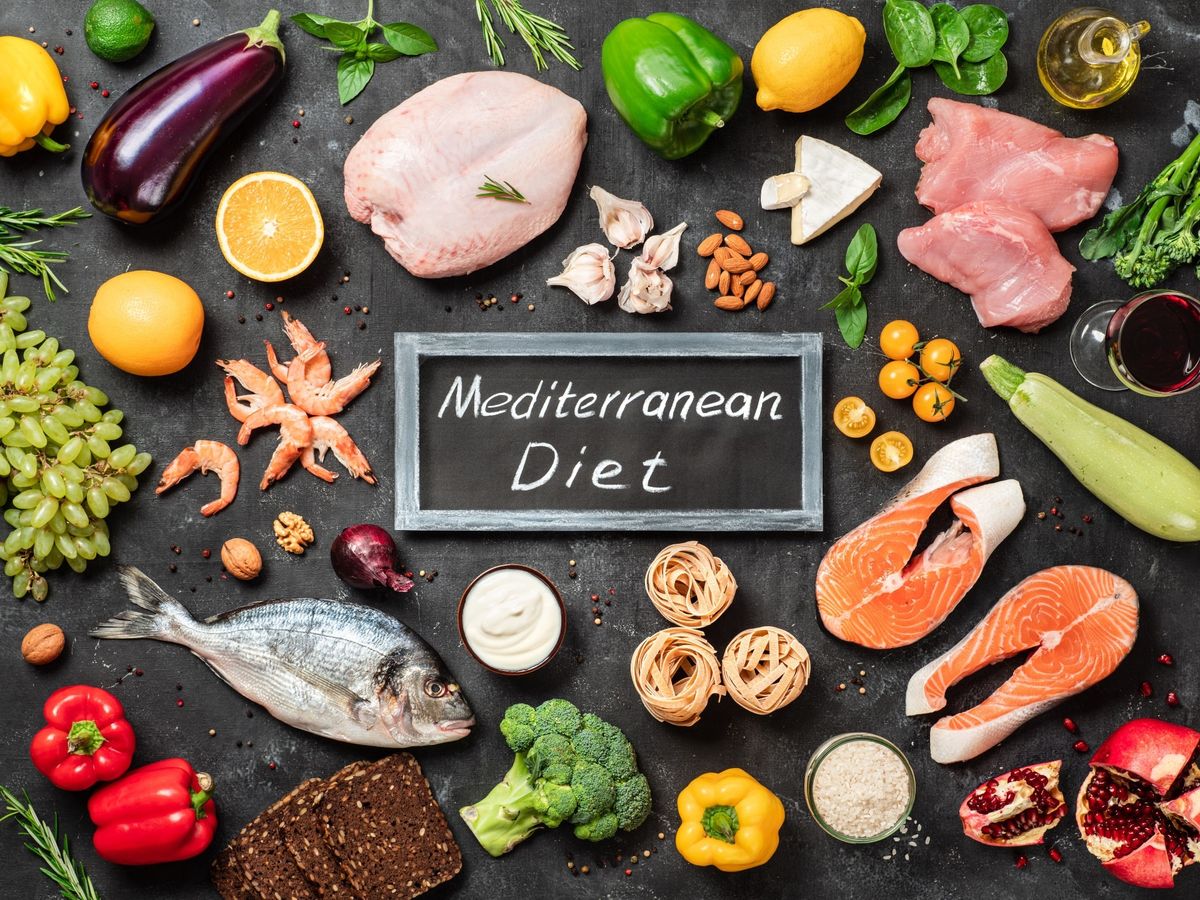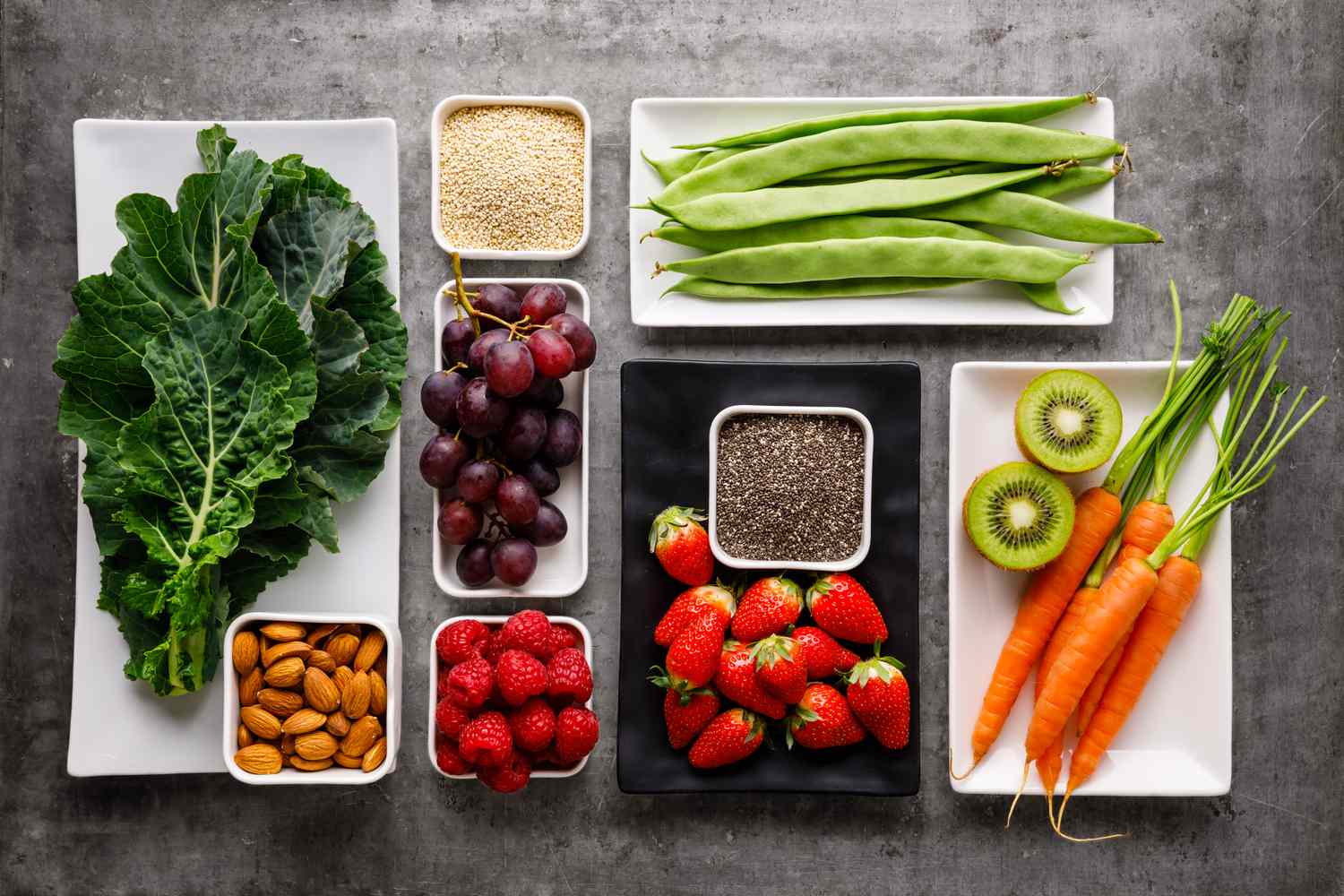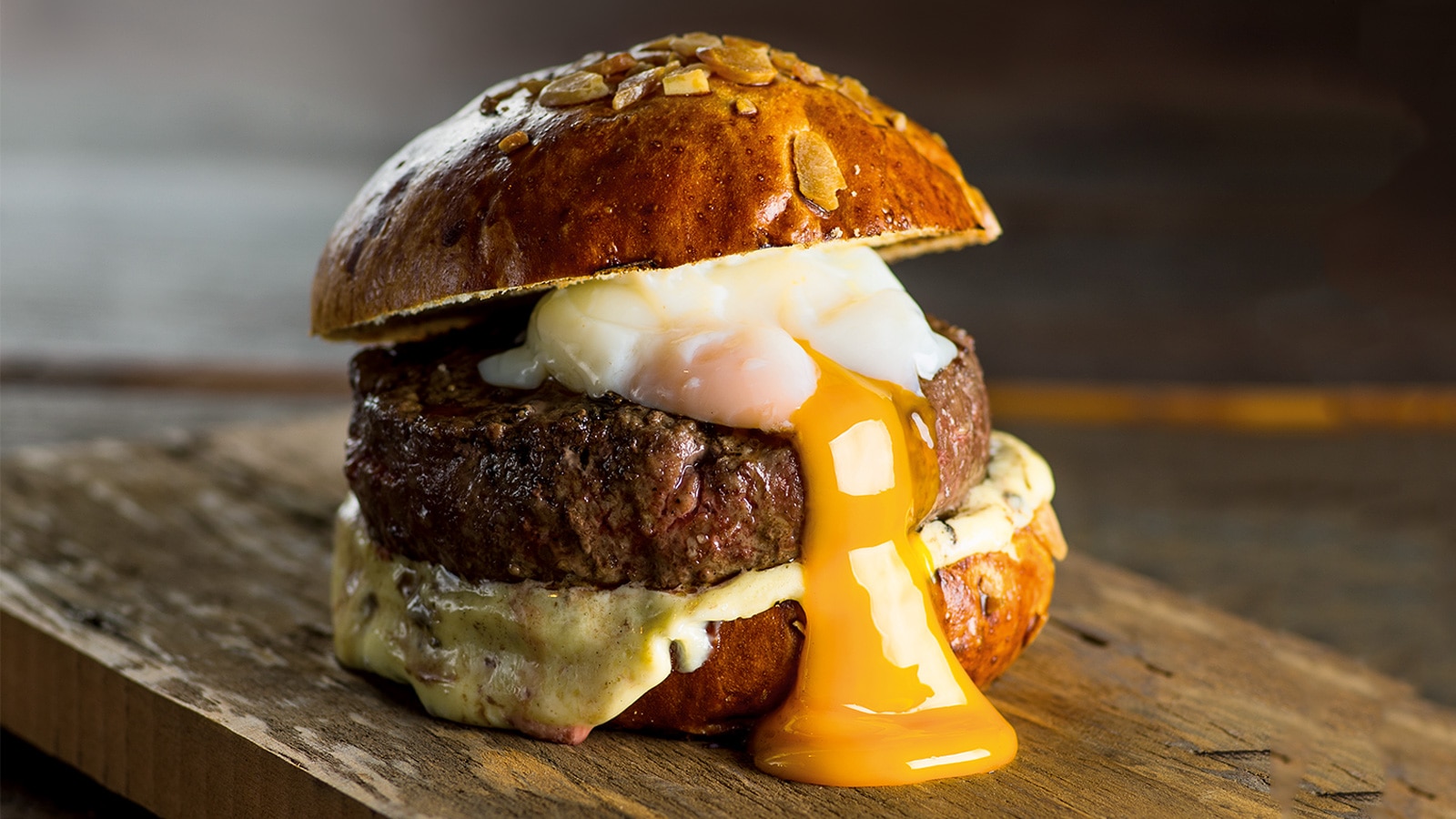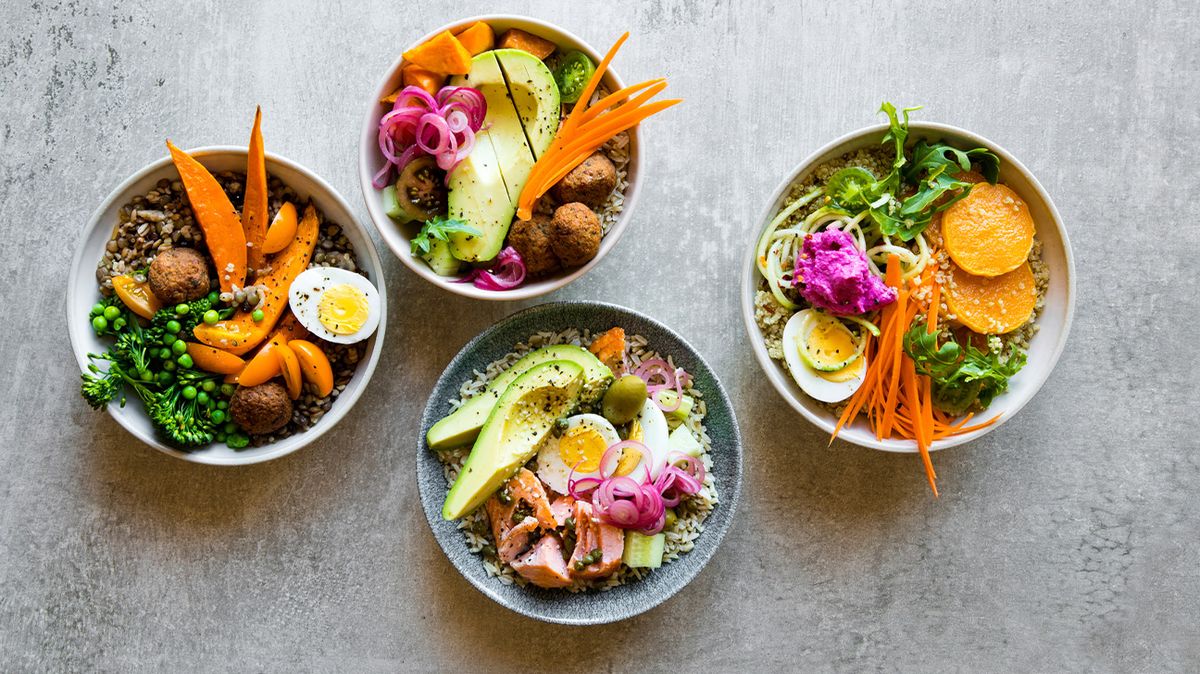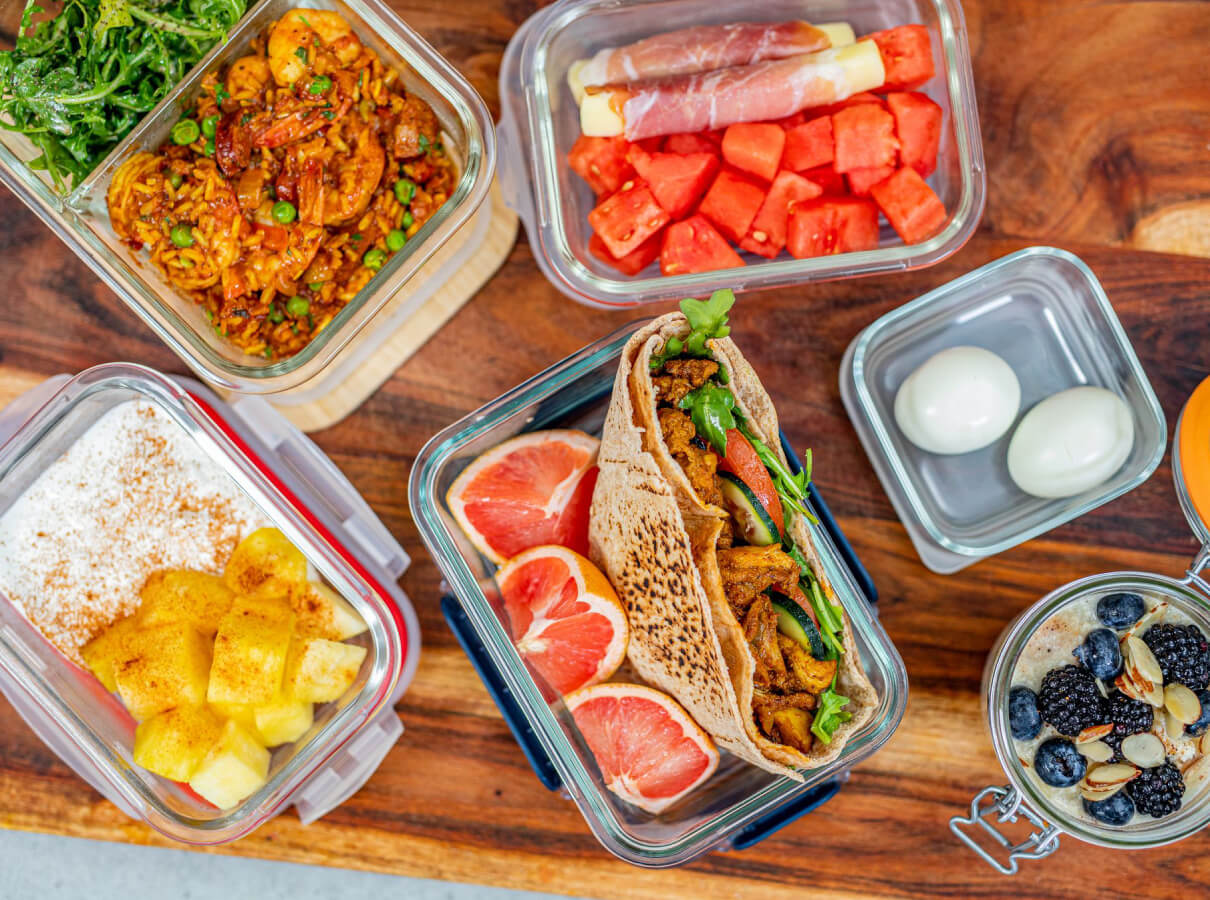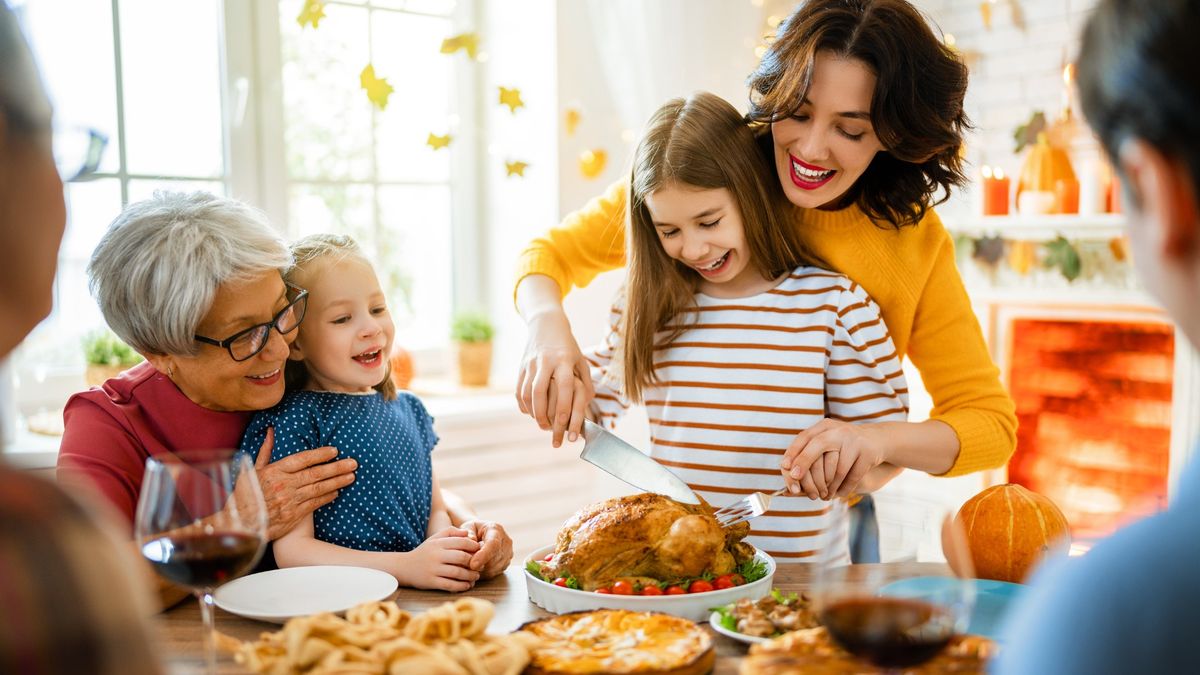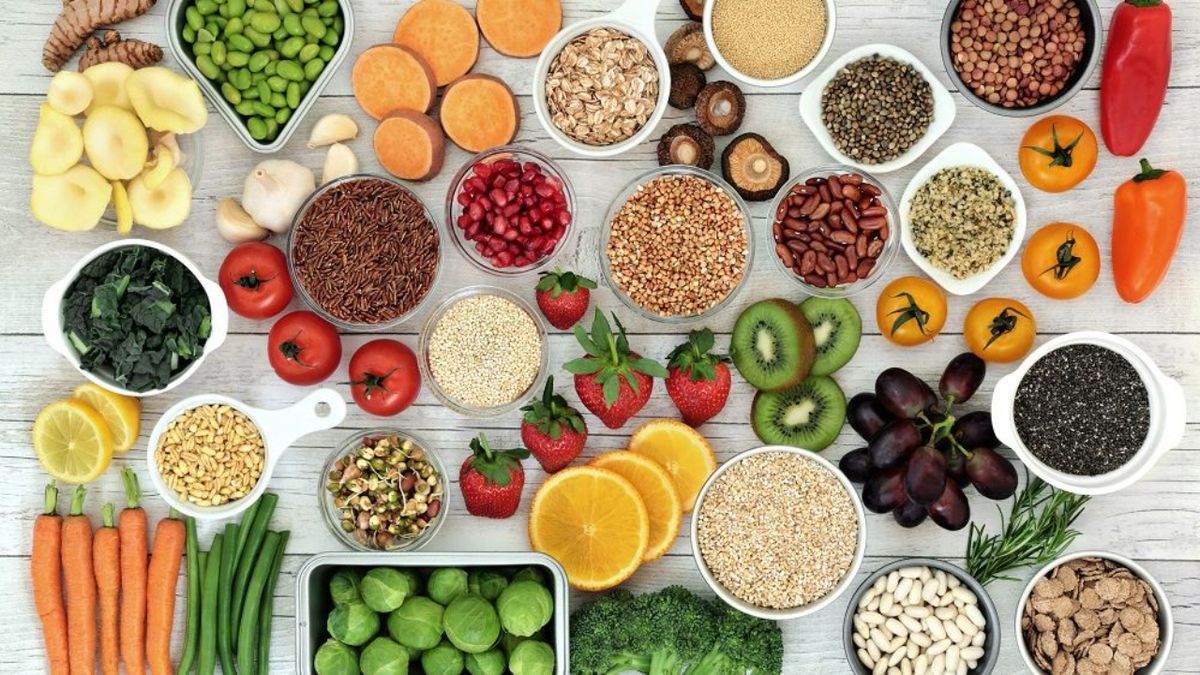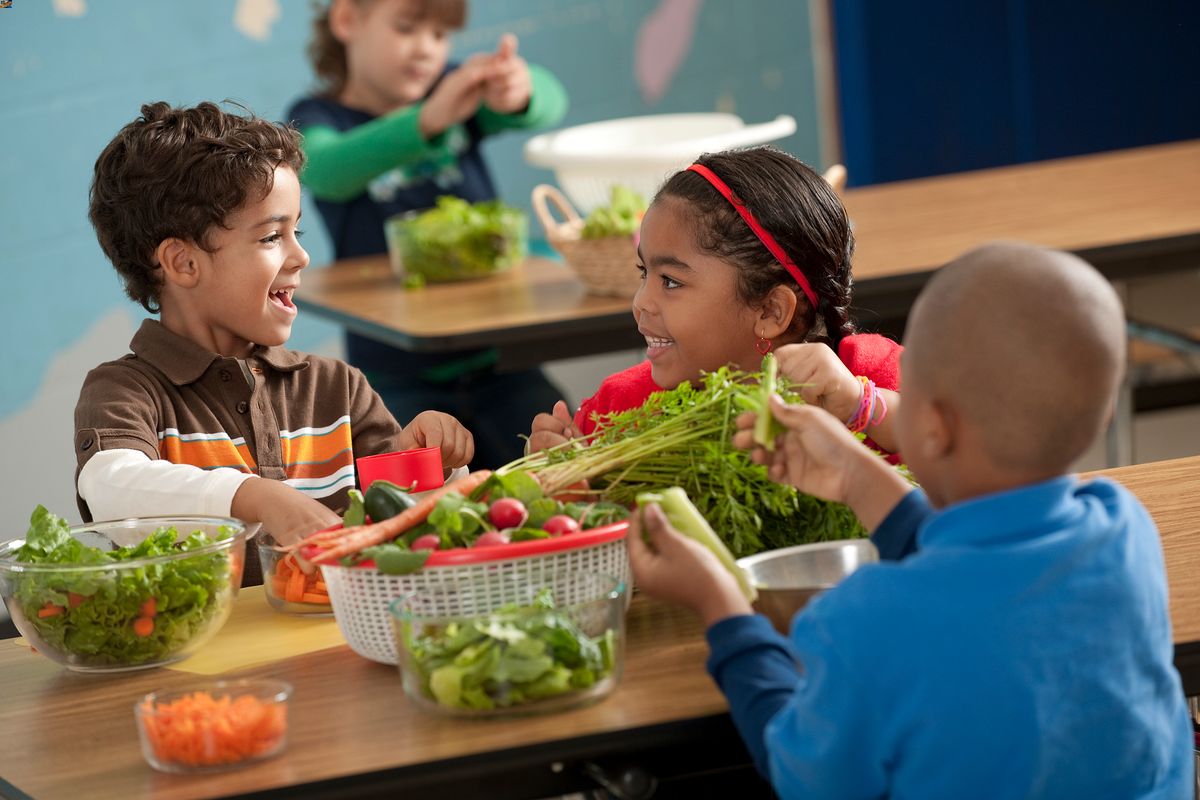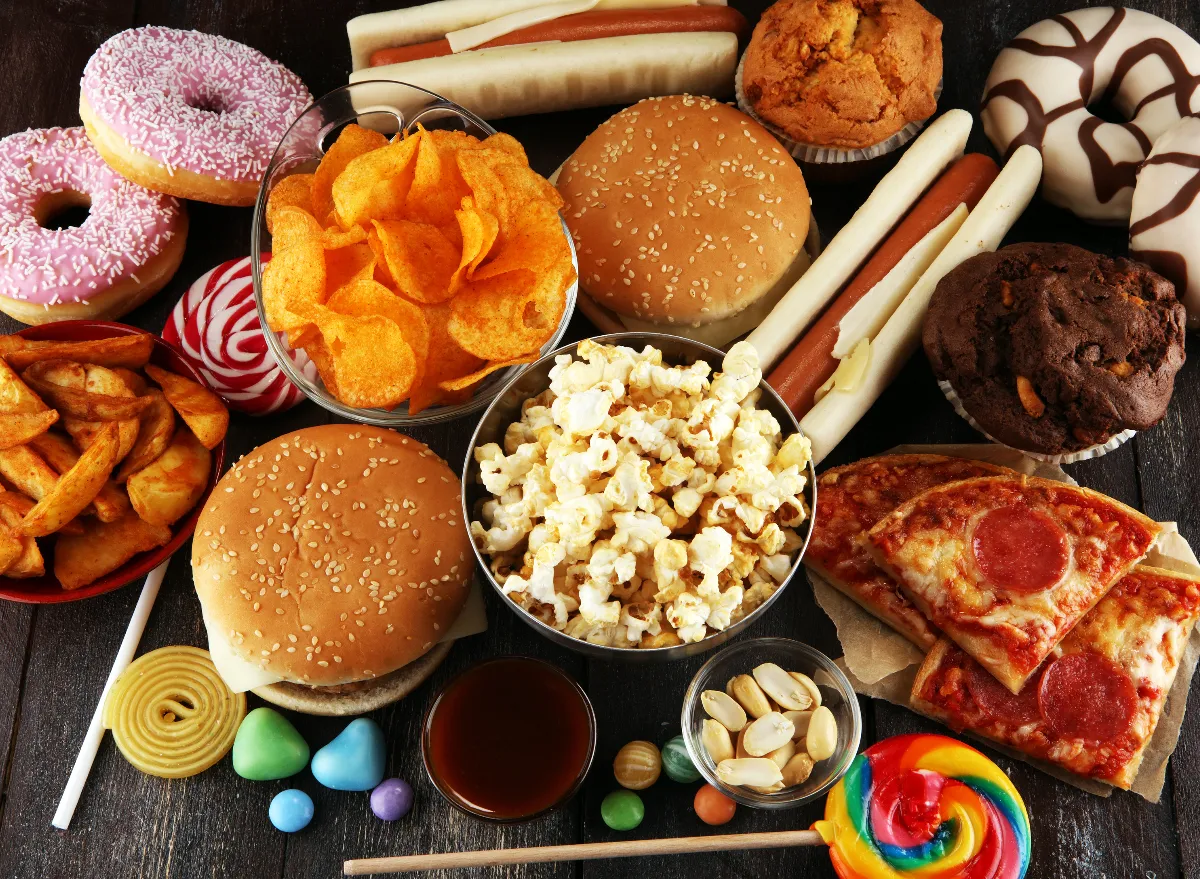Stress can make anyone crave comfort food. Different cultures have unique dishes that bring solace during tough times. From Japan's soothing miso soup to Italy's creamy pasta, these foods offer more than just taste—they provide emotional relief. In Mexico, spicy tacos can lift spirits, while India's rich biryani offers a warm hug in a bowl. Each dish tells a story of tradition, love, and care. Exploring these international comfort foods not only satisfies hunger but also connects us to diverse ways people find comfort. Let's dive into these delicious stress-relievers from around the globe.
Essential Ingredients for Comfort Foods
Japanese Ramen
- 4 cups chicken broth
- 2 cups water
- 2 packs ramen noodles
- 2 boiled eggs
- 1 cup sliced mushrooms
- 1 cup spinach
- 1/2 cup corn
- 2 green onions, chopped
- 2 tbsp soy sauce
- 1 tbsp miso paste
- 1 tsp sesame oil
- 1 clove garlic, minced
- 1 inch ginger, grated
Mexican Tacos
- 8 small corn tortillas
- 1 lb ground beef or chicken
- 1 packet taco seasoning
- 1 cup shredded lettuce
- 1 cup diced tomatoes
- 1/2 cup shredded cheese
- 1/2 cup sour cream
- 1/4 cup chopped cilantro
- 1 lime, cut into wedges
- 1 avocado, sliced
- Salsa (optional)
Italian Pasta Carbonara
- 12 oz spaghetti
- 4 oz pancetta or bacon, diced
- 2 large eggs
- 1 cup grated Parmesan cheese
- 2 cloves garlic, minced
- 1/2 cup heavy cream (optional)
- Salt and pepper to taste
- Fresh parsley, chopped (for garnish)
Indian Butter Chicken
- 1 lb chicken breast, cubed
- 1 cup plain yogurt
- 2 tbsp lemon juice
- 2 tsp garam masala
- 1 tsp turmeric
- 1 tsp ground cumin
- 1 tsp ground coriander
- 1/2 tsp chili powder
- 1/2 tsp ground cinnamon
- 1/2 cup butter
- 1 large onion, chopped
- 3 cloves garlic, minced
- 1 tbsp grated ginger
- 1 cup tomato puree
- 1 cup heavy cream
- Fresh cilantro, chopped (for garnish)
American Mac and Cheese
- 8 oz elbow macaroni
- 2 cups shredded cheddar cheese
- 1/2 cup grated Parmesan cheese
- 3 cups milk
- 1/4 cup butter
- 1/4 cup all-purpose flour
- 1/2 tsp salt
- 1/4 tsp black pepper
- 1/4 tsp paprika (optional)
French Croque Monsieur
- 8 slices white bread
- 4 slices ham
- 2 cups grated Gruyère cheese
- 1/4 cup butter
- 1/4 cup all-purpose flour
- 2 cups milk
- 1 tbsp Dijon mustard
- Salt and pepper to taste
Must-Have Tools for Making Comfort Foods
- Large Mixing Bowl
- Sturdy Wooden Spoon
- Heavy-Duty Blender
- Non-Stick Skillet
- Oven-Safe Baking Dish
- Measuring Cups and Spoons
- Sharp Chef's Knife
- Cutting Board
- Spatula
- Whisk
- Food Processor (optional for some recipes)
- Slow Cooker (for certain comfort dishes)
- Baking Sheet
- Parchment Paper or Silicone Baking Mat
- Digital Kitchen Scale (for precise measurements)
- Thermometer (for recipes requiring specific temperatures)
- Mortar and Pestle (for grinding spices)
- Grater (for cheese or zest)
- Peeler
- Garlic Press
Try Japanese ramen, Mexican tacos, or Italian pasta. These comfort foods offer rich flavors, soothing textures, and a sense of familiarity, perfect for stress-eating.
Why These Comfort Foods Are Perfect for Stress-Eating
Stress-eating often involves comfort foods that bring nostalgia and emotional relief. These dishes, like macaroni and cheese or ramen, trigger happy memories and reduce anxiety. Different cultures have unique comfort foods, reflecting their traditions and flavors. Stress-eating is a universal response to emotional distress.
Step-by-Step Guide to Making Comfort Foods
-
Identify Comfort Foods: Start by pinpointing popular comfort foods from various cultures. These might include macaroni and cheese from the United States, poutine from Canada, curry from India, or ramen from Japan. Each dish offers a unique blend of flavors and textures that soothe the soul.
-
Understand Ingredients: For each comfort food, research the key ingredients that make them special. For macaroni and cheese, it's the creamy, rich cheese sauce. For poutine, it's the combination of fries, cheese curds, and gravy. Knowing what makes each dish comforting is crucial.
-
Explore Cooking Techniques: Different dishes require different cooking methods. Baking, frying, simmering, or stewing can affect the final taste and comfort level of the food. Learn the preferred cooking techniques for each international comfort food to ensure authenticity.
-
Experiment with Flavors: Don't be afraid to tweak recipes based on personal preference or availability of ingredients. Sometimes, substituting one type of cheese for another in macaroni and cheese or adding a bit more spice to a curry can enhance the comfort factor.
-
Share and Enjoy: Comfort foods are often best enjoyed in good company. Prepare a dish and share it with friends or family. Observing their reactions can provide insights into the universal appeal of these comforting meals.
-
Reflect on Experiences: After trying different comfort foods, take time to reflect on the experience. Consider what made each dish comforting. Was it the warmth, the texture, the flavor, or memories it evoked?
-
Incorporate into Routine: Finally, incorporate your favorite international comfort foods into your regular meal rotation. Having these go-to dishes can be a source of solace during stressful times.
Savor the Comfort
Stress-eating comfort foods from around the world offer a delicious way to find solace. Whether it's Japan's soothing ramen, Italy's creamy risotto, or Mexico's hearty tamales, these dishes bring a sense of home and warmth. They remind us that food is more than sustenance; it's a connection to culture and memories. Next time stress hits, try whipping up one of these comforting recipes. You'll not only satisfy your cravings but also take a mini-vacation through your taste buds. Cooking these dishes can be a therapeutic activity, helping to reduce stress while creating something delicious. So, gather your ingredients, put on your apron, and let the flavors of the world bring you comfort. Happy cooking!
Common Questions About Comfort Foods
What exactly is stress-eating?
Stress-eating refers to munching on food for comfort rather than hunger. It's when emotions, not your stomach, dictate your desire to eat. Often, folks reach for comfort foods that are high in sugar, fat, or both during these times.
Can comfort foods really help reduce stress?
Yes and no. While comfort foods can provide a temporary sense of well-being and relief from stress, they're not a long-term solution. The key is moderation. Overindulging can lead to other health issues, which might add more stress.
What are some examples of international comfort foods?
Around the globe, comfort foods vary widely. In Japan, people might enjoy a warm bowl of ramen. Over in Italy, a hearty plate of pasta does the trick. And down in Mexico, nothing beats homemade tacos. Each dish offers a unique taste of solace.
How do different cultures view stress-eating?
Cultural perspectives on stress-eating can vary significantly. Some cultures might see it as a normal response to life's ups and downs, while others may frown upon it, promoting more disciplined eating habits regardless of emotional state.
Is there a healthy way to engage in stress-eating?
Absolutely! Opting for healthier comfort foods, like fruits, nuts, or yogurt, can satisfy that urge without the guilt. Also, being mindful about why you're eating and how much can help keep stress-eating in check.
How can I make international comfort foods at home?
With a bit of research and creativity, whipping up international comfort foods at home is a breeze. Start with simple recipes and authentic ingredients. Cooking platforms and cultural cookbooks are great resources for finding easy-to-follow recipes.
What role does food play in managing stress?
Food can be both a source of comfort and a way to bring people together, creating a sense of community and support. Sharing a meal can help ease stress by fostering connections and making us feel less isolated.

